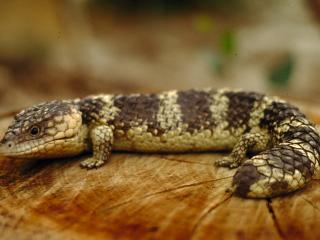About beneficial organisms
Beneficial organisms can be grouped into insects, pathogens and nematodes, and vertebrates. To encourage beneficial organisms into your garden it is important to minimise insecticide and herbicide use and provide natural habitats and shelter. For example, ponds can attract frogs while native trees and the absence of cats will encourage native birds and lizards.
Some plants are 'lures' for beneficial organisms, providing both shelter and food. These include plants in the parsley (Apiaceae), and sunflower or daisy families (Asteraceae).
Plant herbs like parsley, dill, caraway and coriander and flowering dahlias, daisies, asters, cosmos, calendula, zinnia, sunflowers and native plants to attract birds and beneficial insects into your garden.


